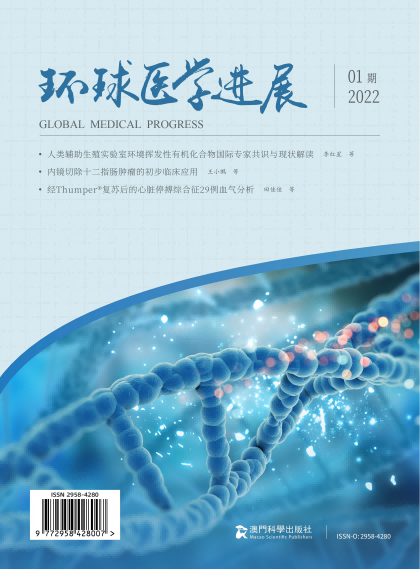摘 要:
目的:探讨导致分娩产妇严重原发性产后出血(PPH)的独立危险因素。方法:回顾性分析2016年12月至2021年12月期间就诊于九江市妇幼保健院的分娩产妇PPH患者536例。根据分娩术中出血量分为非严重PPH组(n=125)和严重PPH组(n=411)。使用单变量分析和二分类变量logistic回归分析探讨了分娩产妇严重PPH的危险因素及独立预测因子。 结果:单因素分析结果显示分娩产妇年龄(P =0.039)、孕前体重指数(BMI)(P =0.014)、分娩次数(P =0.006)、既往剖宫产史(P<0.001)、羊水过多(P =0.008)、胎儿出生体重(P =0.032)、多胎妊娠(P =0.019)、严重子痫前期(P =0.007)、绒毛膜羊膜炎(P =0.018)、产程延长(P<0.001)、紧急剖宫产(P<0.01)、麻醉类型(P<0.01)与严重PPH有关;二分类变量logistic回归分析结果显示既往剖宫产史(β=0.884,OR=3.15, 95% CI=1.02-10.3;P=0.001),产程延长(β=1.821,OR=3.62,95% CI=3.21-4.03;P<0.001)和紧急剖宫产(β=0.835,OR=4.75,95% CI=1.32-12.96;P<0.001)是与严重PPH独立相关的预测因子。结论:既往剖宫产、产程延长和紧急剖宫产是分娩产妇严重PPH的最强预测因子。
关键字:紧急剖宫产;围产期结局;原发性产后出血;产程延长
Abstract:
Objective: To investigate the independent risk factors for severe primary postpartum hemorrhage (PPH) in parturient women. Methods: A retrospective analysis was performed on 536 parturient women with PPH who were admitted to Jiujiang Maternal and Child Health Hospital from December 2016 to December 2021. According to the amount of blood loss during delivery, they were divided into non-severe PPH group (n=125) and severe PPH group (n=411). Univariate analysis and binary logistic regression analysis were used to explore the risk factors and independent predictors of severe PPH. Results: Univariate analysis showed that maternal age (P =0.039), pre-pregnancy body mass index (BMI) (P =0.014), number of deliveries (P =0.006), previous cesarean section history (P < 0.001), polyhydramnios (P =0.008), fetal birth weight (P =0.032), and multiple pregnancy (P < 0.001) =0.019), severe preeclampsia (P =0.007), chorioamnionitis (P =0.018), prolonged labor (P < 0.001), emergency cesarean section (P < 0.01), and type of anesthesia (P < 0.01) were associated with severe PPH. Binary logistic regression analysis showed that previous cesarean section history (β=0.884, OR=3.15, 95%CI =1.02-10.3; P=0.001), prolonged labor (β=1.821, OR=3.62, 95%CI =3.21-4.03; P < 0.001) and emergency cesarean section (β=0.835, OR=4.75, 95%CI =1.32-12.96; P < 0.001) were independently associated with severe PPH. Conclusions: Previous cesarean delivery, prolonged labor, and emergency cesarean delivery were the strongest predictors of severe PPH in parturient women.
Keywords: Emergency caesarean section; Perinatal outcome; Primary postpartum hemorrhage; Prolonged labor
--
